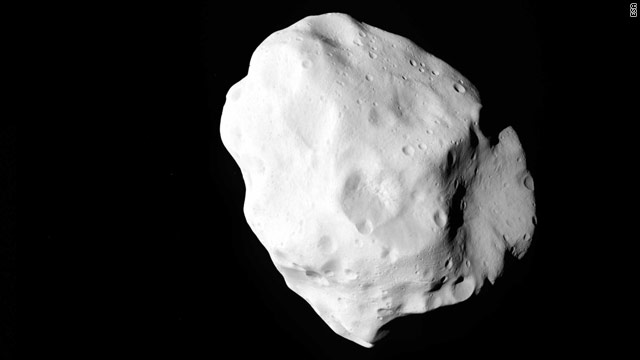
Moving from the sunkissed beaches of the Pacific Isles to the cold chambering frontier of the cosmos, where the European Space Agency's Rosetta probe has since February of 2004 been commissioned deep into the universe to ultimately rendezvous and study the comet Churyumov-Gerasimenko, while in the meantime grabbing as much photographic data on its passings and mishaps as possible. On Saturday, Rosetta flew by the asteroid Lutetia and managed to capture what might be some of the most detailed images of an asteroid to date.

The Rosetta probe passed by the eccentric and rotating rock at the dizzying speed of 9 miles per second and inched within 1,965 miles of Lutetia in the asteroids orbital path around Mars. 6 years and 4 months into its mission thus far, the hope with Rosetta is that it will help unlock the secrets of how our solar system looked before planets formed, 4600 million years ago when nothing other than teems of comets and asteroids surrounded the sun. If things work out as predicted, the Rosetta probe will meet with the Churyumov-Gerasimenko in 2014, upon which it will place a lander and the two will then journey together piggybacked, harpooned to each other; they'll speed through space for several months as they approach Jupiter's orbit and then head for the sun, on which Rosetta will finally touch down after many years of intergalactic voyaging to take samples of our solar system's governing star, by far its chief component and its centerpiece, one of our main sources of light as well as many of our problems--the same sun without which we would not even exist.
Just as I was writing all that I received an update with another picture. An even more beautiful one, in my opinion, thanks to its scope and distance and frigid emptiness. The European Space Agency website has the rest of the images and a remarkable video to boot.

No comments:
Post a Comment